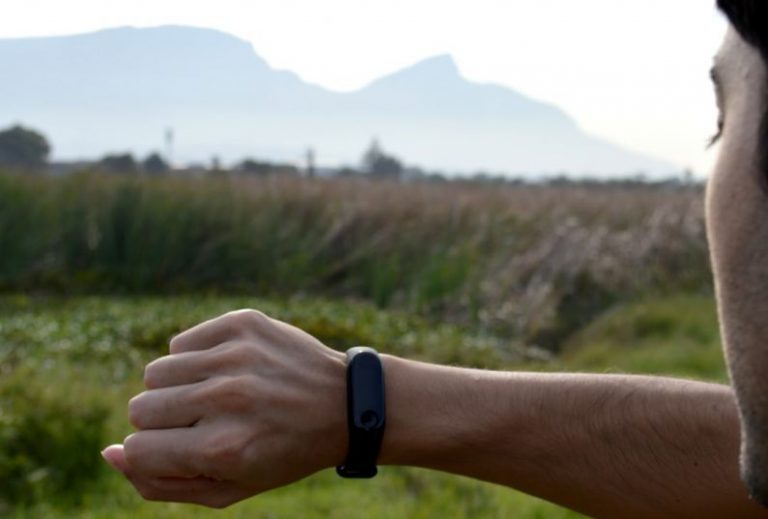The Role of Virtual Reality in Fitness
Virtual Reality (VR) technology has revolutionized various industries, including fitness. The integration of virtual reality in fitness programs has opened up new possibilities for individuals looking to stay active and healthy. By immersing users in virtual environments, VR has the potential to make workouts more engaging, motivating, and effective. Let’s explore the role of virtual reality in shaping the future of fitness.
Enhanced Engagement and Motivation
One of the key benefits of incorporating virtual reality into fitness routines is its ability to enhance engagement and motivation. Traditional workouts can sometimes become monotonous, leading to boredom and decreased interest in exercising. However, VR offers a dynamic and interactive experience that keeps users engaged throughout their workout sessions.
By transporting users to virtual worlds where they can participate in various activities such as running, cycling, or dancing, VR adds an element of fun and excitement to exercising. The immersive nature of VR makes users feel like they are part of the virtual environment, leading to increased motivation to complete workouts and achieve fitness goals.
Personalized and Adaptive Workouts
Another advantage of using virtual reality in fitness is the ability to provide personalized and adaptive workouts. VR fitness programs can be tailored to individual preferences, fitness levels, and goals, allowing users to customize their exercise routines according to their needs.
Through real-time feedback and data tracking, VR fitness apps can monitor users’ performance and progress, adjusting the intensity of workouts based on their abilities. This personalized approach not only helps users stay motivated but also ensures that they are challenging themselves appropriately to achieve optimal results.
Immersive Training Experiences
Virtual reality technology offers immersive training experiences that go beyond traditional gym settings. Users can participate in guided workouts led by virtual trainers, explore virtual landscapes while cycling or running, or engage in interactive games that require physical movement.
These immersive experiences not only make workouts more enjoyable but also provide a refreshing change from conventional training methods. VR allows users to escape the confines of their physical surroundings and enter a world where they can push their limits, test their abilities, and discover new ways to stay fit and active.
Accessible Fitness for All
Virtual reality in fitness also plays a crucial role in making exercise more accessible to a wider audience. For individuals who are unable to visit a gym or prefer to work out in the comfort of their homes, VR offers a convenient solution that eliminates barriers to physical activity.
With VR headsets becoming more affordable and user-friendly, people of all ages and fitness levels can benefit from virtual reality fitness programs. Whether you are a beginner looking to kickstart your fitness journey or an experienced athlete seeking new challenges, VR provides a platform where everyone can engage in physical activity and prioritize their health and well-being.
The Future of Fitness with Virtual Reality
As virtual reality technology continues to evolve, the future of fitness looks promising with endless possibilities for innovation and growth. From virtual reality gyms and fitness studios to interactive training apps and immersive workout experiences, VR is poised to revolutionize the way we approach exercise and wellness.
By combining cutting-edge technology with the fundamental principles of fitness and health, virtual reality has the potential to inspire individuals to lead active lifestyles, set ambitious fitness goals, and embark on transformative fitness journeys. With its ability to enhance engagement, provide personalized workouts, offer immersive training experiences, and promote accessibility, VR is set to reshape the fitness landscape and empower individuals to achieve their fitness aspirations like never before.






